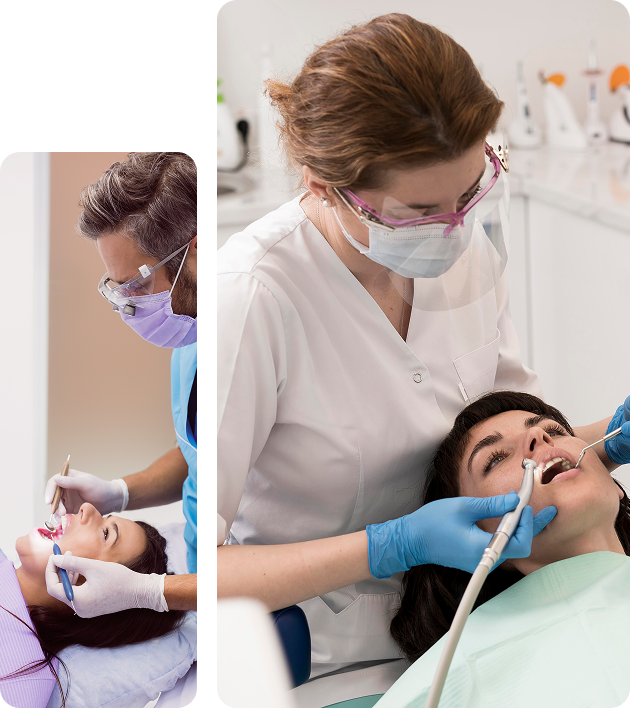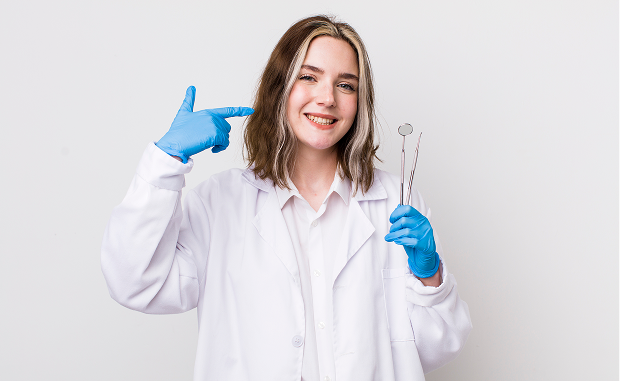
Braces (traditional and clear aligners)
Achieve a straighter smile and a healthier bite with our expert orthodontic solutions. Whether you choose time-tested traditional braces or virtually invisible clear aligners, we’ll customize a treatment plan to fit your needs and lifestyle.




